A photographer’s love letter to London’s green spaces
- Text by Huck
- Photography by Sophia Spring

Lockdown changed many Londoner’s relationship with the outdoors. Following restrictions in March 2020 that saw the UK closing non-essential retail and hospitality, and limiting people to leaving the house once a day for essential reasons, parks became a vital place of solace and restoration for millions of city dwellers. Even with lockdown easing, our heightened appreciation for local parks and green spaces shows no signs of going away soon.
For photographer Sophia Spring, lockdown provided an opportunity to embark on a project documenting people in their local park, which she’d been considering before the pandemic. “I just hadn’t had the time to do it, so I put it on the back burner,” she explains. “But then, obviously [because of Covid-19], my work evaporated overnight, and it turned out to be the perfect time to do the project because nobody had anything to do but go to the park.”

Clarry, Victoria Park

Ben and Gabriel, Mile End Park
It provided Spring with what felt like much-needed structure to her day and the chance to interact with people during a time of isolation. These photos are now collected in a book, titled Parklife (Hoxton Mini Press) which captures everything from the city’s great expanses of heath and woodland to meandering rivers and small corners of grass. The parks included in the book are democratic spaces, filled with visitors that pay testament to the diversity of London.
“When everything else was removed from our lives – pubs and restaurant – people were forced to take a look at what was on their doorsteps,” continues Spring. Particularly for people on furlough with more time on their hands, or those without a garden, green spaces were, as Spring puts it, “a salvation”.

Daniella and Iyana, Hackney Marshes

Jennifer, Sophie-Marie and Diana, Hackney Marshes
“I think we were all suffering from a collective depression and anxiety at the beginning of lockdown, so we went into nature to seek solace,” says Springfield, reflecting on the mental health benefits offered by green spaces. Across multiple studies, researchers have found a links between access to green space, such as fields, forests, parks and gardens, and a reduced risk of mental health problems, improved mood, and increased life satisfaction. For people living in urban environments, the importance of access to green space is arguably even greater.
“I hope the photos act as a record of a really unique time,” reflects Spring. “[The book] is a lover letter to London’s green spaces, and I just want people to see what’s on their doorstep and to appreciate it.”

Flora and Chloe, Hackney Downs

Myles, Brockwell Park

Samaiyah and Sarah, Abney Park

Jade, Janae and Jermaine, Hackney Marshes

Savannah and Surayah, Bunny Park

Ahmed and Aisa, Tottenham Marshes

River Lea
Parklife is available now on Hoxton Mini Press.
Enjoyed this article? Like Huck on Facebook or follow us on Twitter.
Latest on Huck
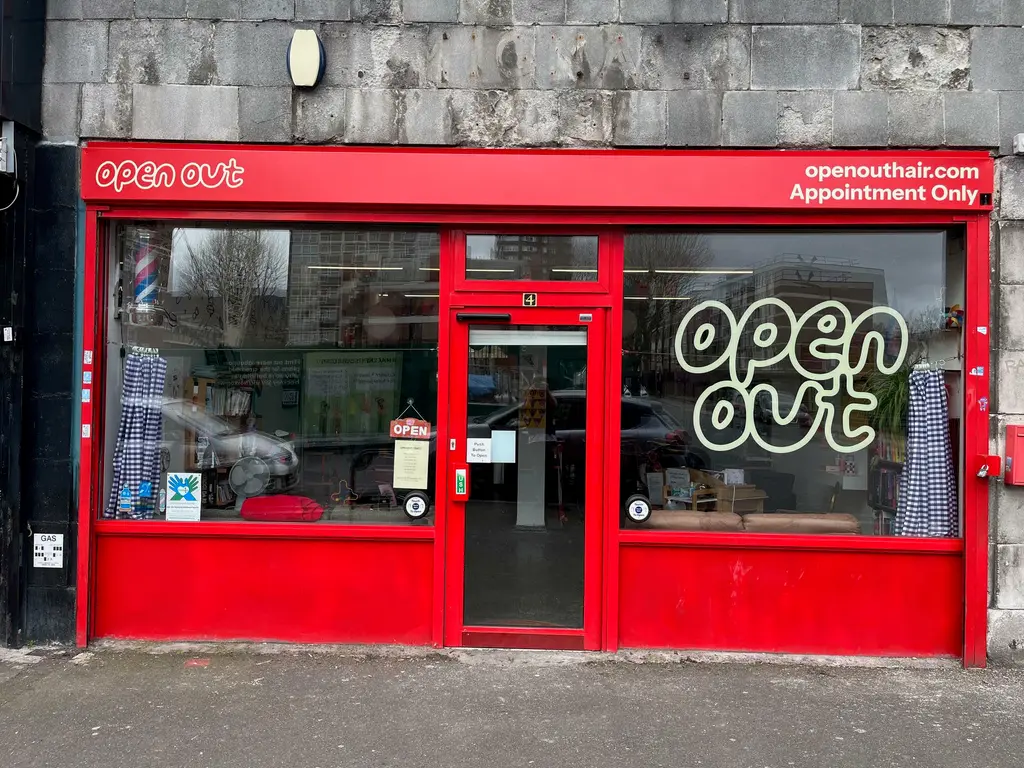
Meet the trans-led hairdressers providing London with gender-affirming trims
Open Out — Since being founded in 2011, the Hoxton salon has become a crucial space the city’s LGBTQ+ community. Hannah Bentley caught up with co-founder Greygory Vass to hear about its growth, breaking down barbering binaries, and the recent Supreme Court ruling.
Written by: Hannah Bentley
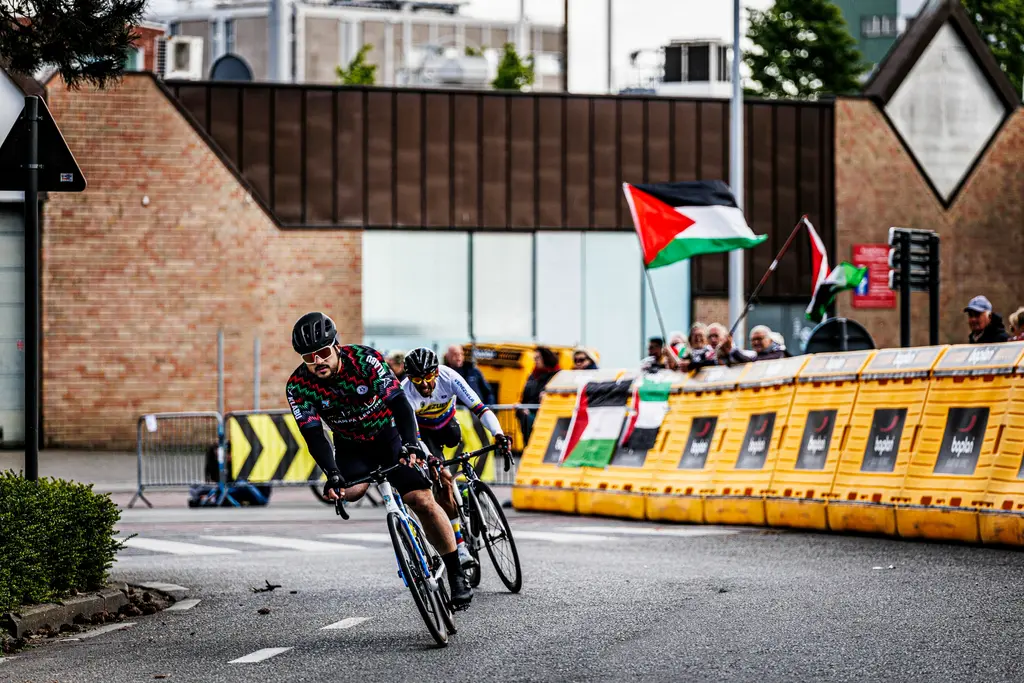
Gazan amputees secure Para-Cycling World Championships qualification
Gaza Sunbirds — Alaa al-Dali and Mohamed Asfour earned Palestine’s first-ever top-20 finish at the Para-Cycling World Cup in Belgium over the weekend.
Written by: Isaac Muk
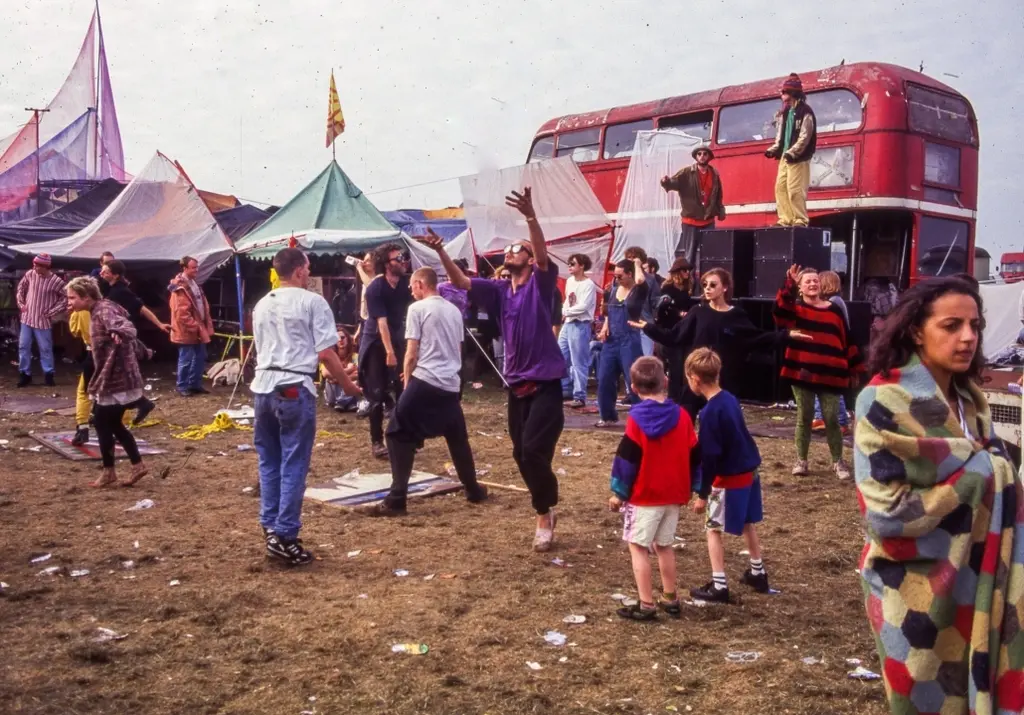
New documentary revisits the radical history of UK free rave culture
Free Party: A Folk History — Directed by Aaron Trinder, it features first-hand stories from key crews including DiY, Spiral Tribe, Bedlam and Circus Warp, with public streaming available from May 30.
Written by: Isaac Muk
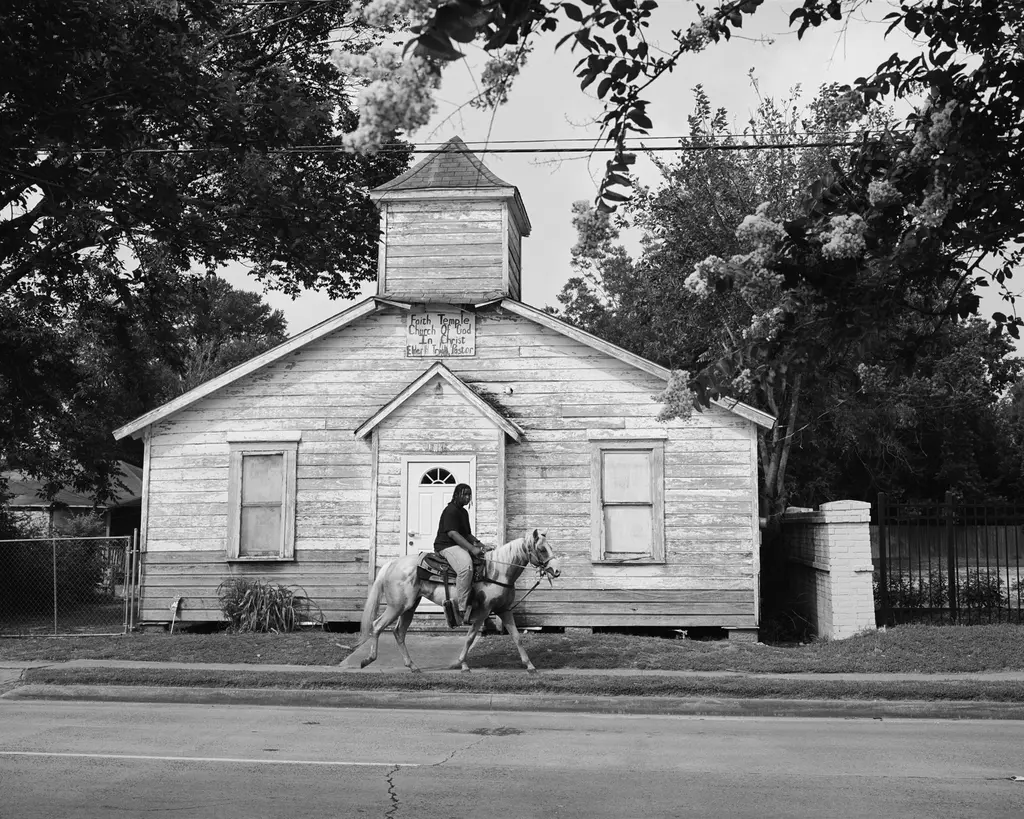
Rahim Fortune’s dreamlike vision of the Black American South
Reflections — In the Texas native’s debut solo show, he weaves familial history and documentary photography to challenge the region’s visual tropes.
Written by: Miss Rosen
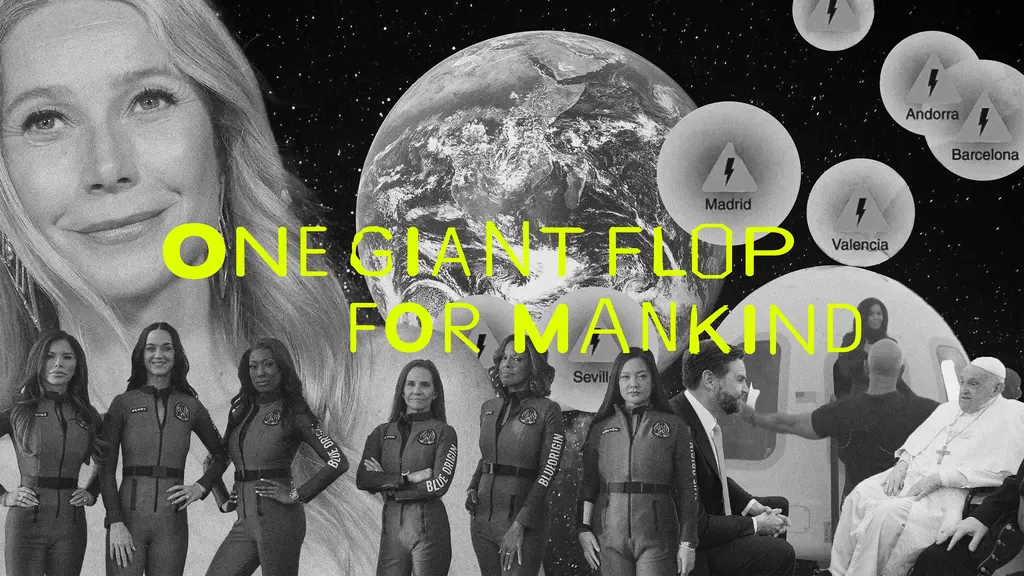
Why Katy Perry’s space flight was one giant flop for mankind
Galactic girlbossing — In a widely-panned, 11-minute trip to the edge of the earth’s atmosphere, the ‘Women’s World’ singer joined an all-female space crew in an expensive vanity advert for Jeff Bezos’ Blue Origin. Newsletter columnist Emma Garland explains its apocalypse indicating signs.
Written by: Emma Garland
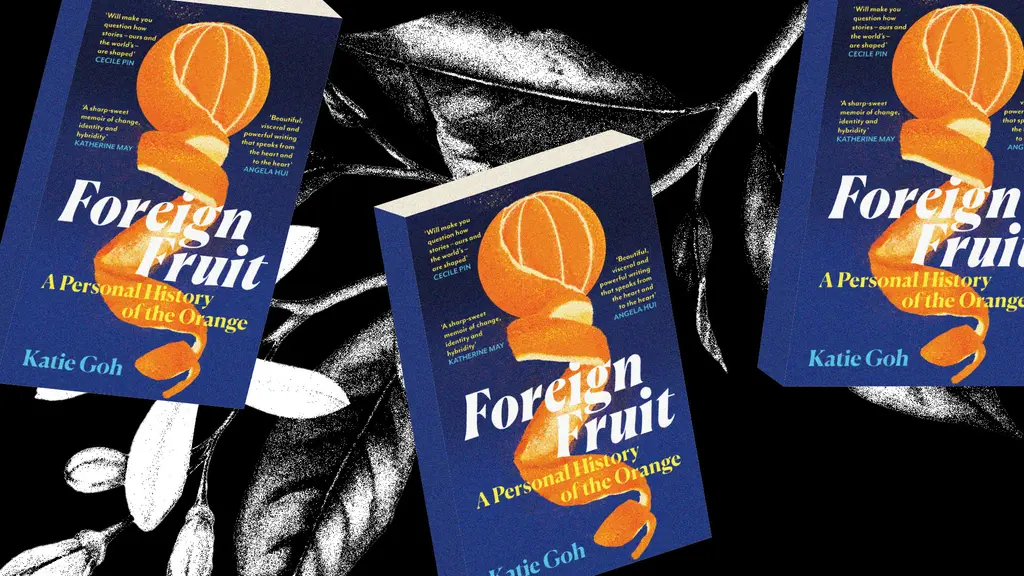
Katie Goh: “I want people to engage with the politics of oranges”
Foreign Fruit — In her new book, the Edinburgh-based writer traces her personal history through the citrus fruit’s global spread, from a village in China to Californian groves. Angela Hui caught up with her to find out more.
Written by: Katie Goh

